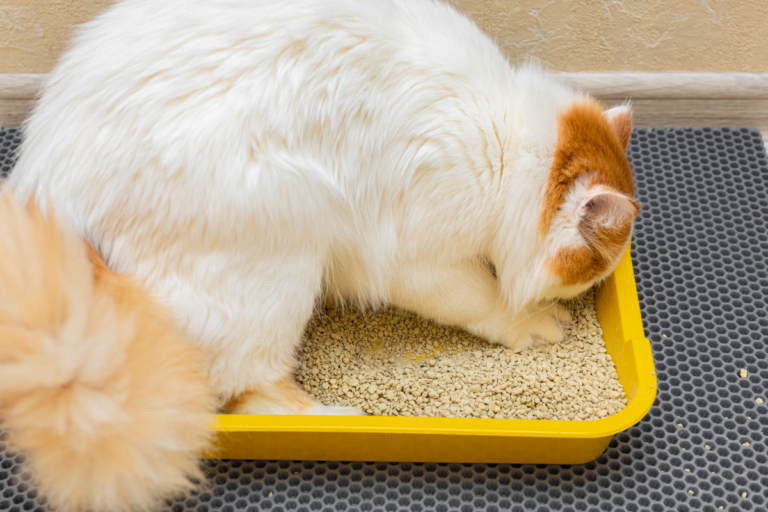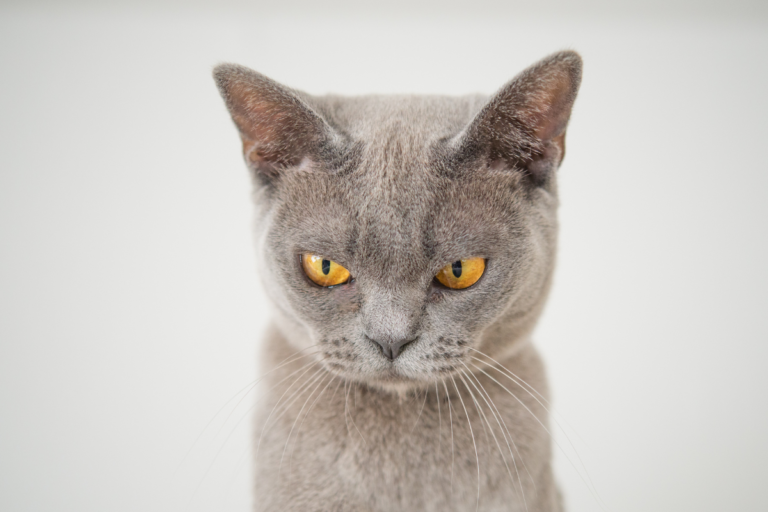Common Diseases in Cats: What Every Cat Owner Should Know
This post may contain affiliate links, meaning if you decide to make a purchase via my links, I may earn a small commission at no additional cost to you. You can read our full affiliate disclosure by clicking here.
Introduction:
Welcome back, fellow cat enthusiasts! I’m Maureen, and today, we’re going to delve deeper into a topic that’s crucial for every cat owner: Common diseases that can affect our feline companions. While our cats bring us immeasurable joy, it’s essential to be well-informed about potential health issues so we can provide them with the best care possible. In this blog post, we’ll take a closer look at some of the most prevalent diseases in cats, their symptoms, prevention, and treatment options.
Feline Upper Respiratory Infection (URI)
Symptoms: URI in cats often manifests as sneezing, runny nose, coughing, and sometimes even fever. Cats may also develop watery eyes and loss of appetite.
Prevention: Maintain a clean living environment, especially if you have multiple cats. Good ventilation and routine vaccinations can significantly reduce the risk of URI.
Treatment: URI is usually self-limiting, but supportive care, including keeping your cat well-hydrated and providing a warm, comfortable environment, can help speed up recovery.
Feline Leukemia Virus (FeLV)
Symptoms: FeLV can lead to various symptoms, including anemia, weight loss, enlarged lymph nodes, and recurring infections.
Prevention: Keep your cat indoors to minimize contact with infected cats. Regular veterinary check-ups and FeLV testing are crucial, especially for outdoor cats.
Treatment: Unfortunately, there’s no cure for FeLV. Treatment focuses on managing symptoms and providing supportive care to improve your cat’s quality of life.
Feline Immunodeficiency Virus (FIV)
Symptoms: FIV often remains asymptomatic for years, but it eventually weakens the immune system, making cats susceptible to other infections.
Prevention: Keeping your cat indoors and preventing fights with other cats can reduce the risk. Regular veterinary check-ups and testing are vital for early detection.
Treatment: While there’s no cure, supportive care, and a low-stress environment can help FIV-positive cats lead healthy lives.
Kidney Disease
Symptoms: Kidney disease signs include increased thirst, frequent urination, weight loss, and lethargy. Cats may also have bad breath due to kidney-related oral issues.
Prevention: Regular check-ups and blood tests are essential for early detection. Feed your cat a balanced diet and provide fresh water.
Treatment: Managing kidney disease involves dietary adjustments, medications, and fluid therapy prescribed by your veterinarian.
Diabetes in Cats
Symptoms: Diabetes symptoms include increased thirst, frequent urination, weight loss, and sometimes an unkempt coat.
Prevention: Maintain a healthy weight through diet and exercise. Regular veterinary check-ups can help catch diabetes early.
Treatment: Diabetes can be managed with insulin therapy, dietary changes, and monitoring blood glucose levels.
Feline Dental Issues
Symptoms: Dental problems in cats can lead to drooling, difficulty eating, and bad breath.
Prevention: Brush your cat’s teeth regularly or provide dental treats. Annual dental check-ups with your vet are crucial.
Treatment: Treatment may involve dental cleanings, extractions, or specialized diets.
If you enjoyed this article, check out A Guide to Maintaining Your Cat’s Bright Eyes: Tips for Optimal Feline Eye Health
Conclusion:
By understanding these common feline diseases in more detail and taking proactive steps in their prevention and treatment, you can ensure that your beloved cat enjoys a long and healthy life. Regular veterinary care and a loving, attentive environment are key to keeping your cat purring with contentment. Stay tuned for more informative yet casual content on pet-related topics here on my blog!







